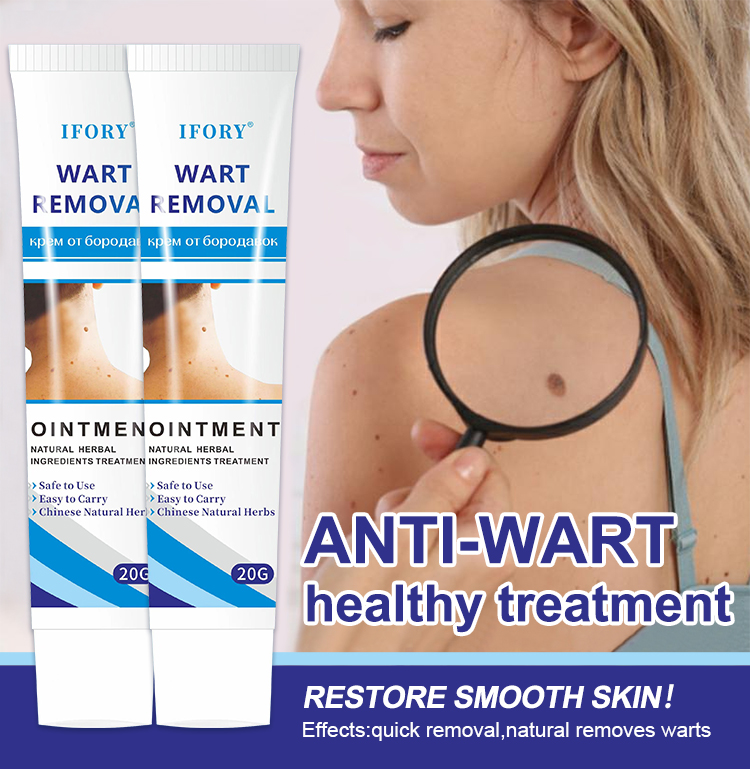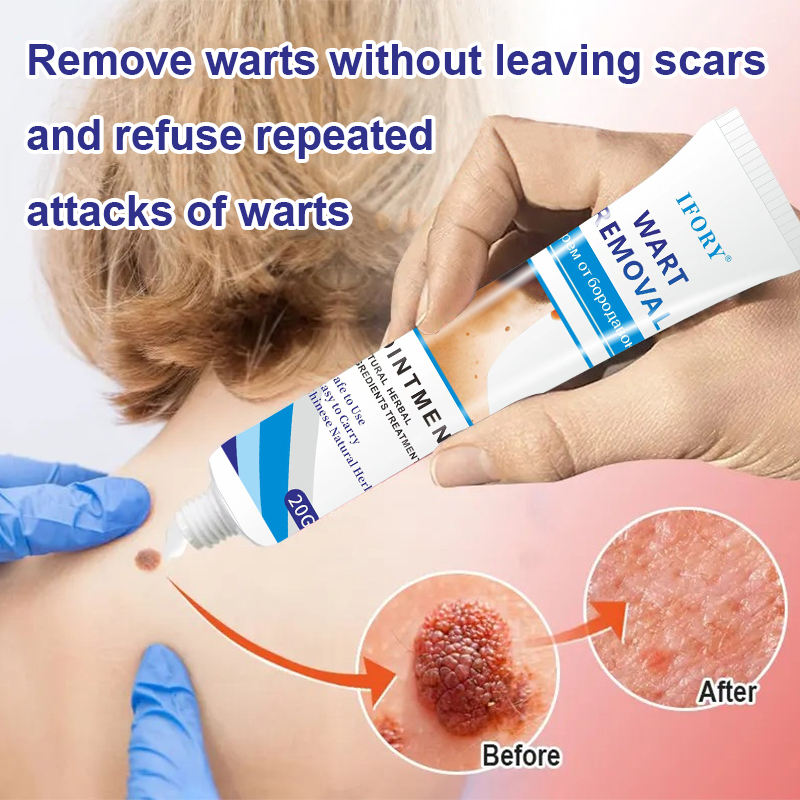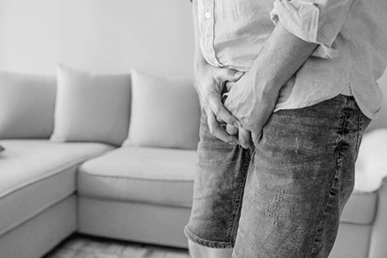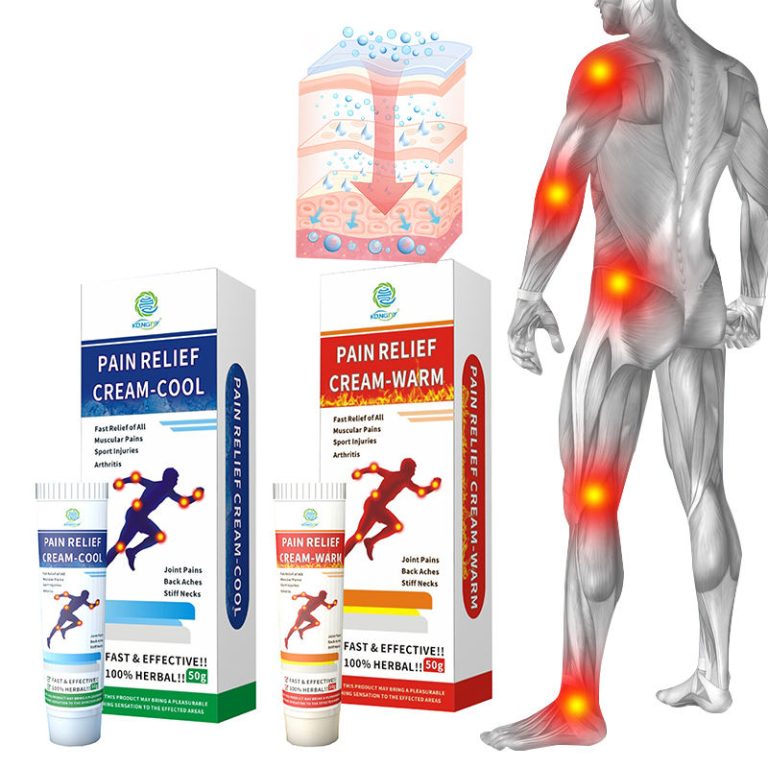Warts are small, raised skin growths caused by a viral infection. While they are generally harmless, warts can be unsightly and uncomfortable. Fortunately, wart removal ointments are available to help you get rid of them. In this article, we will explore the options available for wart removal ointments, their effectiveness, and what you need to know before using them.
There are several types of warts, including common warts, plantar warts (found on the feet), and genital warts (found in the genital area). Warts are caused by a virus called human papillomavirus (HPV), which is transmitted through direct contact with an infected person or by touching objects that have been contaminated with the virus.

When it comes to wart removal ointments, there are several options available. Some of the most common include:
Salicylic acid: This is the most commonly used wart removal ointment. It can be found over-the-counter or prescription strength. Salicylic acid helps to break down the keratin in the wart, making it easier to remove.
Cantharidin: This ointment is available by prescription and is often used for plantar warts. It is applied to the wart and works by causing the wart to blister, resulting in its removal.
Podophyllin: This is a resin obtained from the podophyllin plant and is available by prescription. It is often used for genital warts and is applied as a cream or solution to the affected area.
While wart removal ointments can be effective in removing warts, it’s important to note that they may not work for everyone. The success of wart removal ointments can vary depending on the type of wart, its location, and the individual’s skin type. Additionally, using wart removal ointments can cause side effects such as burning, stinging, or skin irritation.
To ensure the safe and effective use of wart removal ointments, it’s recommended that you follow these guidelines:

Clean the affected area with soap and water before using the ointment.
Read the instructions on the label carefully and follow them exactly.
Apply the ointment only to the affected area and avoid getting it in your eyes, nose, or mouth.
Keep the ointment away from children and animals.
Continue using the ointment as directed until the wart is completely gone or until the instructions advise you to stop.
If you experience adverse reactions or the wart persists despite using the ointment, discontinue use and consult a healthcare professional.
In conclusion, wart removal ointments can be an effective way to get rid of unsightly and uncomfortable warts. However, it’s important to note that different ointments may work better for different types of warts, and using them can sometimes cause side effects. Before using any wart removal ointment, it’s recommended that you consult a healthcare professional for advice and guidance.






